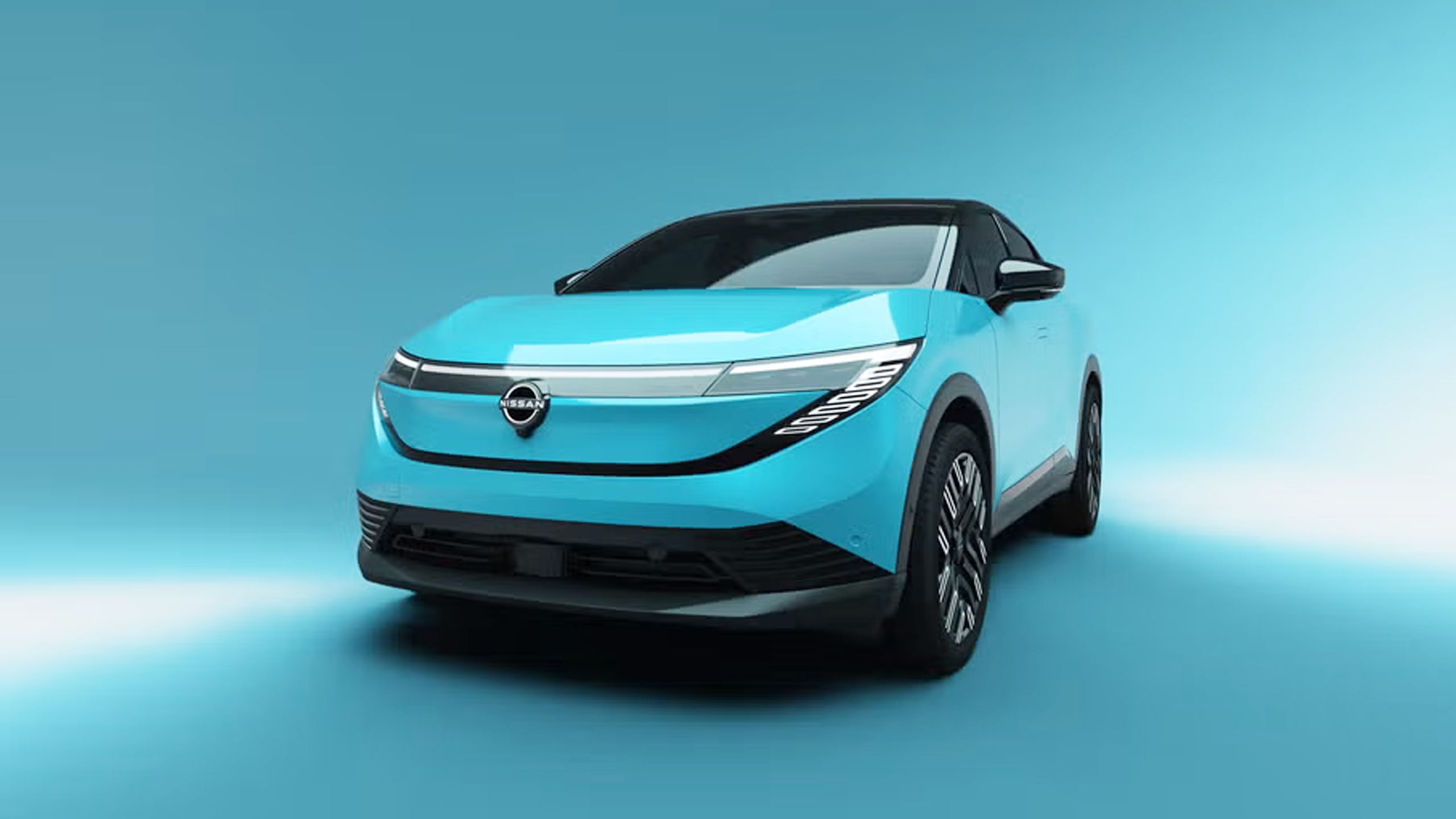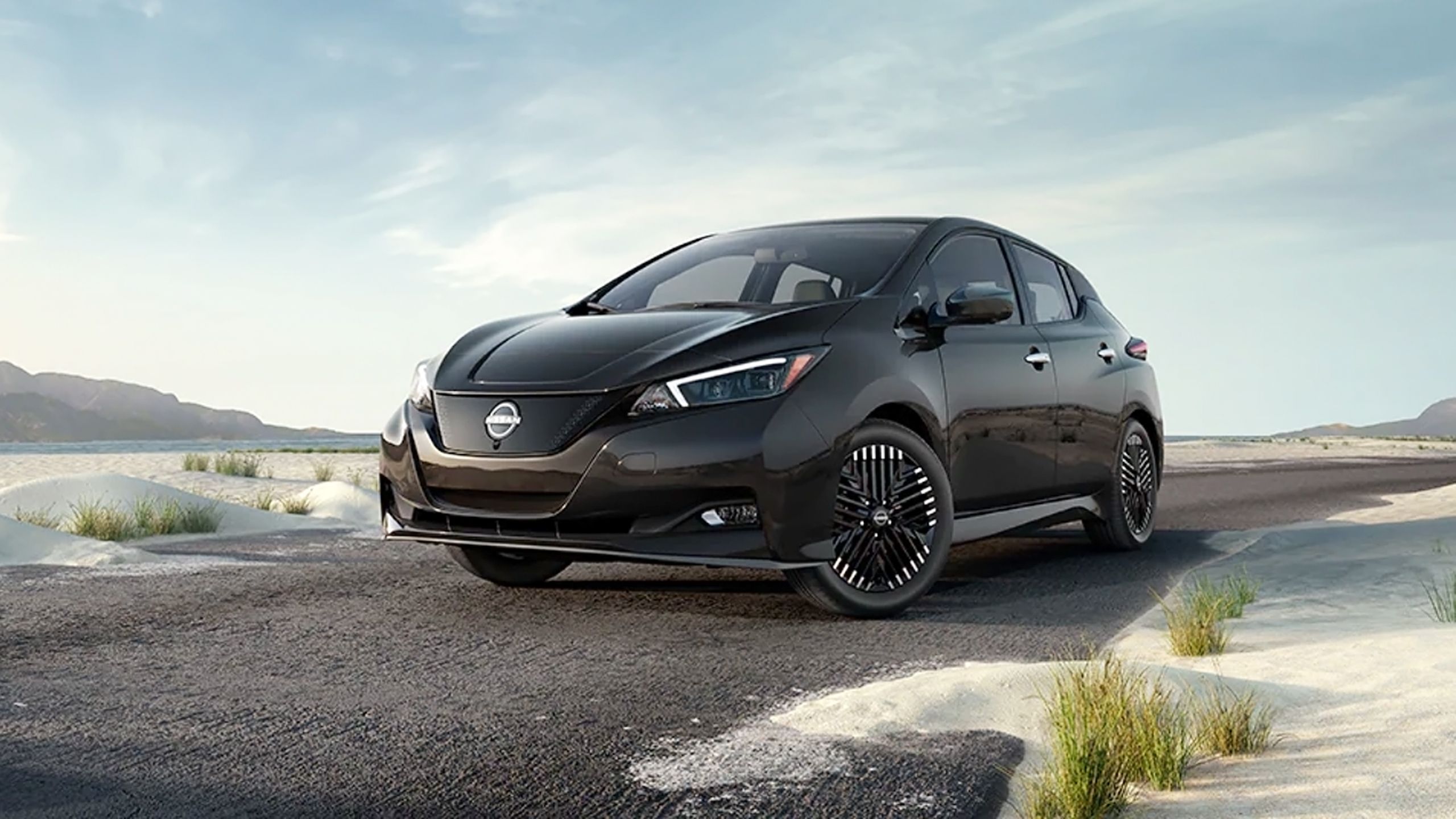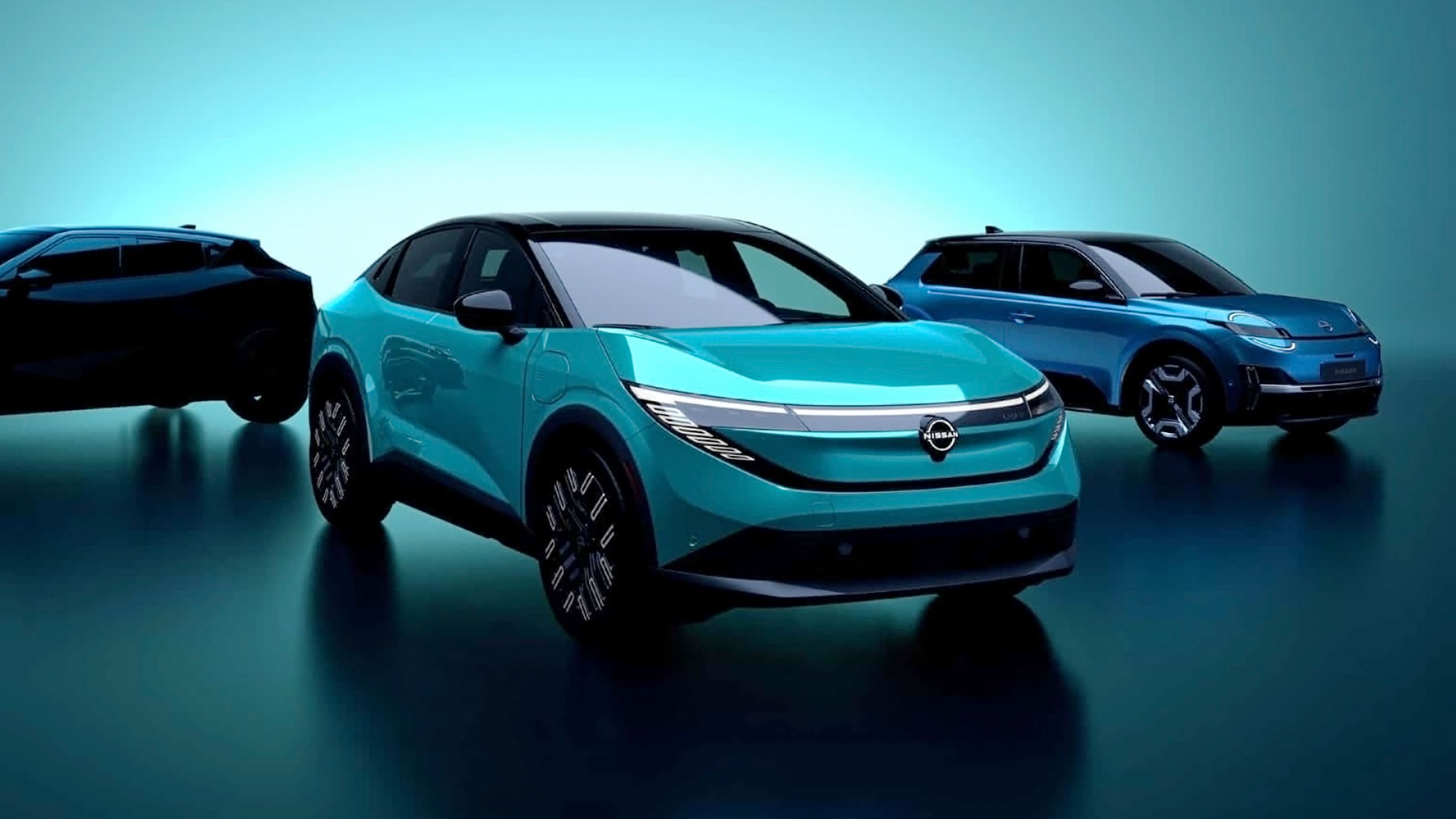Summary
- The 2026 Nissan Leaf is a radical redesign, transformed from a compact sedan into a crossover SUV.
- It also looks far more futuristic, and Nissan is promising serious range enhancements.
- It could be a big hit if the pricing comes in under other “budget” crossover EVs.
The latest news with Nissan is that it’s engaging in a major overhaul of some of its most popular models. Starting in 2026, vehicles like the Sentra will be getting improved aesthetics and features. We’ll even be getting a
PHEV
(plug-in hybrid) version of the Rogue, at long last. It’s all part of an attempt to revive the automaker’s sagging US sales, which have caused annual production figures to drop from over 5 million vehicles in 2018 to around 3.5 million.
The spearhead of these efforts, though, is an unlikely contender — the
Leaf
. The
low-cost EV
is getting a serious redesign, one that makes me a little sad, while also more optimistic about the product’s future. There’s a distinct possibility that Leafs will become as common on US roads as Rogues are today.

Related
Apple CarPlay should copy Android Auto’s push for more car control, right now
Apple could lose bragging rights if it insists on an all-or-nothing approach.
What’s new with the 2026 Nissan Leaf?
Different purpose, different looks
Nissan
The shocking thing for some people, myself included, is that it’s no longer a compact sedan. Instead it’s now a crossover SUV, built on the same CMF-EV platform underlying the
Nissan Ariya
, while being closer in size to the Kicks. The crossover format is used by a lot of EV makers, since SUVS are popular with Americans in general, and founding things on a larger platform makes it easier to pack in large batteries. More on that in a moment.
Visually, the new Leaf is almost unrecognizable. It’s signature grill is gone, replaced with smooth lines more reminiscent of an EV from Kia, Rivian, or Volkswagen. There is some practical value to this, since Nissan says the car’s drag coefficient is 0.25, less than the average for SUVs.
Nissan is promising “significant range improvements,” but that’s an easy thing to do.
Nissan isn’t showing off the interior of the car yet. However, Car and Driver reports that there’s no longer a center console between the driver and passenger, and that the dash is dominated by a single large screen, as in a growing number of EVs following the lead of Tesla.
Beyond that, not much has been made public, including pricing, trims, or a release date. Nissan is at least promising “significant range improvements,” but that’s an easy thing to do considering the 149 miles (about 240 kilometers) offered by the 2025 Leaf’s base trim.
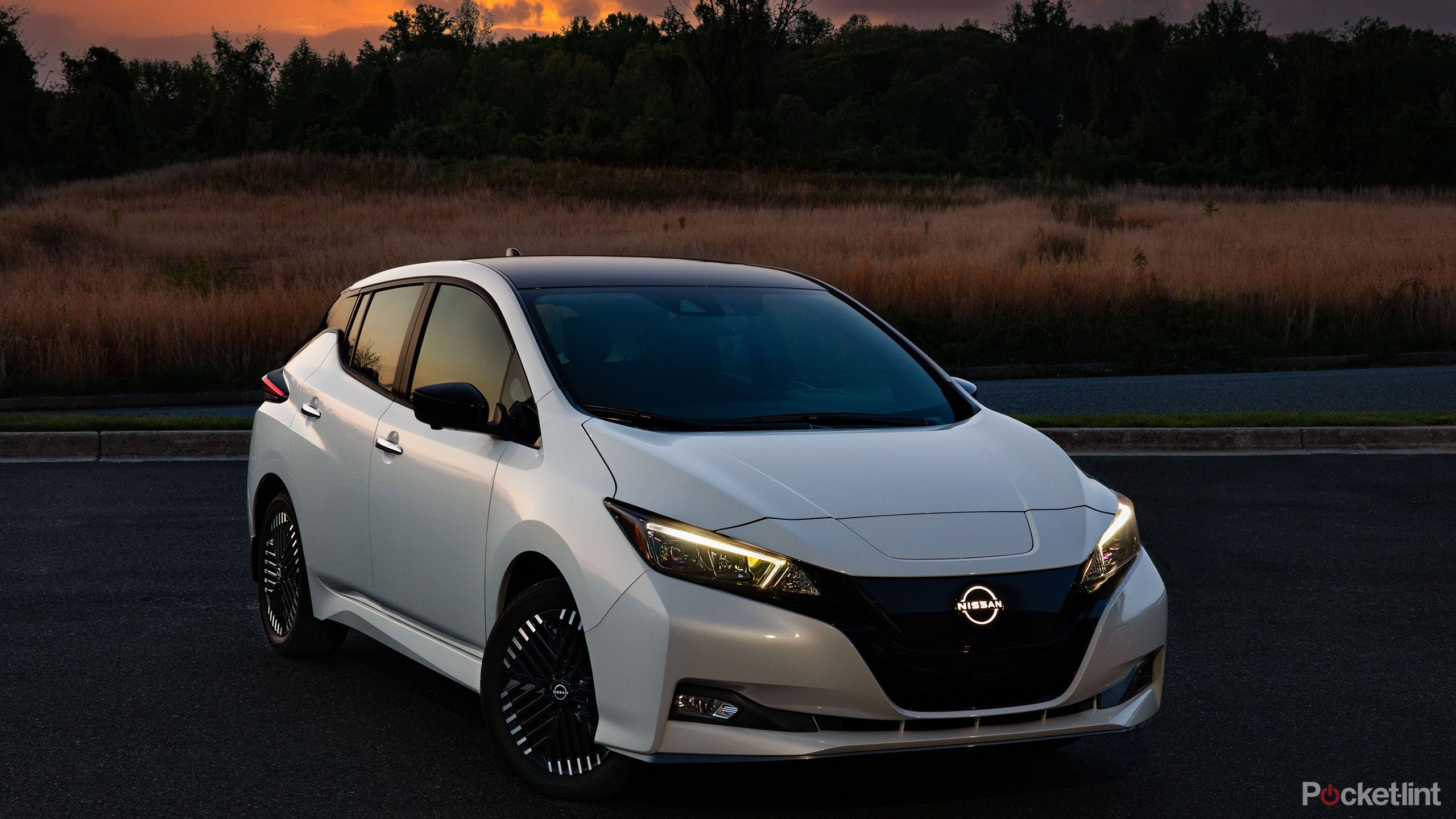
Related
This is the cheapest EV you can buy new right now
You’re making some sacrifices to beat Tesla and Chevy on price.
Goodbye, old Leaf
All for the best
Nissan
Earlier versions of the Leaf will always evoke some nostalgia for me. The original design, unveiled in 2009, was the first EV I ever saw in the wild, gliding around the streets of Austin. The 2018 redesign, meanwhile, was the first EV I ever owned personally. I loved that car, since it was a revelation to drive in near total silence right past every gas station. It’s also one of the first cars my then-infant son rode in — he even claims to have some memories of it.
All told, though, Nissan is probably making the right move strategically. Sedans aren’t as popular as they used to be, since they’re not terribly good for cargo, and the Leaf’s looks have often felt like they were lagging behind. My 2018 model, for example, felt like just about any other compact sedan at the time, inside and out. It wasn’t really exploiting many new ideas beyond its powertrain. Conversely, the 2026 version seems extremely slick, on par with anything out of Japan or Korea.
All told, Nissan is probably making the right move strategically.
More significantly, there was no way the Leaf would remain competitive without improving range. 149 miles or so is doable in a major city, but in my experience it means plugging in every time you get home, especially if you don’t have a Level 2 charger installed. Sometimes, even daily garage charging may not be enough. At one point I was commuting from Pflugerville to an office in southwest Austin, and there was no way I could make it a full week without topping up at a ChargePoint station once or twice. Driving from Pflugerville to San Antonio and back was more challenging still — my family and I would have to stop at an EVgo station in San Marcos for 40 minutes just to complete the round trip.
There’s a reason why 200 miles (322 kilometers) is considered the baseline for modern EVs, in other words. It’s a magic number that’s good enough to avoid range anxiety or frequent charger stops. I doubt the base 2026 Leaf will achieve 300 miles (483 kilometers), but even something short of that should be fine for the average person. Not everyone needs the range of a Tesla or Rivian.

Related
I hope the Rivian R3 will be the vehicle to topple Tesla
Tesla won’t shrink and vanish in a day, naturally.
Turning over a new Leaf (obligatory pun)
Will the redesign catch on?
Nissan
I think there’s a decent chance the new Leaf will not only sell, but sell well. A cheap EV is the current Holy Grail of the car industry, and “budget” pricing has always been the Leaf’s main advantage. Even now, you can get a Leaf for around $29,000, whereas a lot of its competition costs far upwards of $30,000.
The main obstacle to a hit for Nissan is its growing competition.
It’s just that the Leaf’s value proposition has always been offset by range. Indeed, the 2010 Leaf got a pathetic 73 miles (160 kilometers) in an era when there weren’t many commercial charging stations to speak of. There was a good chance your car wouldn’t be able to complete some longer round-trip commutes, let alone drive to a nearby town, particularly under freezing conditions. These days, there are electric unicycles with more range.
The main obstacle to a hit for Nissan is its growing competition. While the Chevy Equinox EV starts at about $35,000, for example, its FWD trims offer an impressive 319 miles (513 kilometers) in the tank. Kia’s Kona Electric is in the same price bracket, and many more sub-$40K vehicles are coming soon, such as the
Kia EV2
. When 2027 rolls around, you’ll be able to get a $37,000 Rivian in the form of the R3.
Nissan’s going to have to be as aggressive on price as possible to make the Leaf worthwhile. I’m expecting a price hike for the 2026 model — given tech upgrades, and the increasingly fraught US tariff situation — but I doubt it’ll produce as much sticker shock as an Ariya.
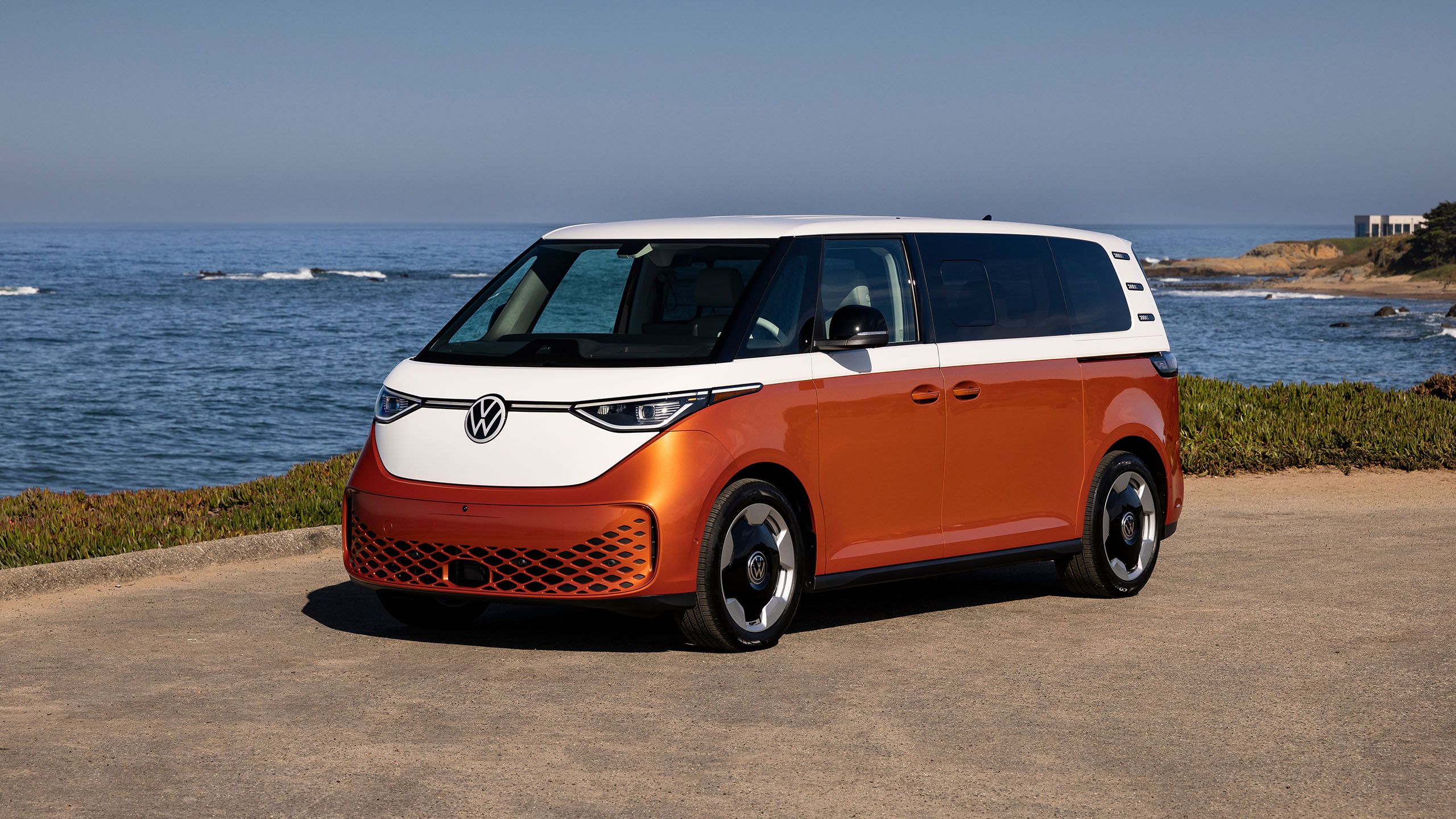
Related
The VW ID. Buzz is the only van that appeals to me, and that’s a shame
The Buzz shows that just about any product category can be revived if a company puts in effort.

